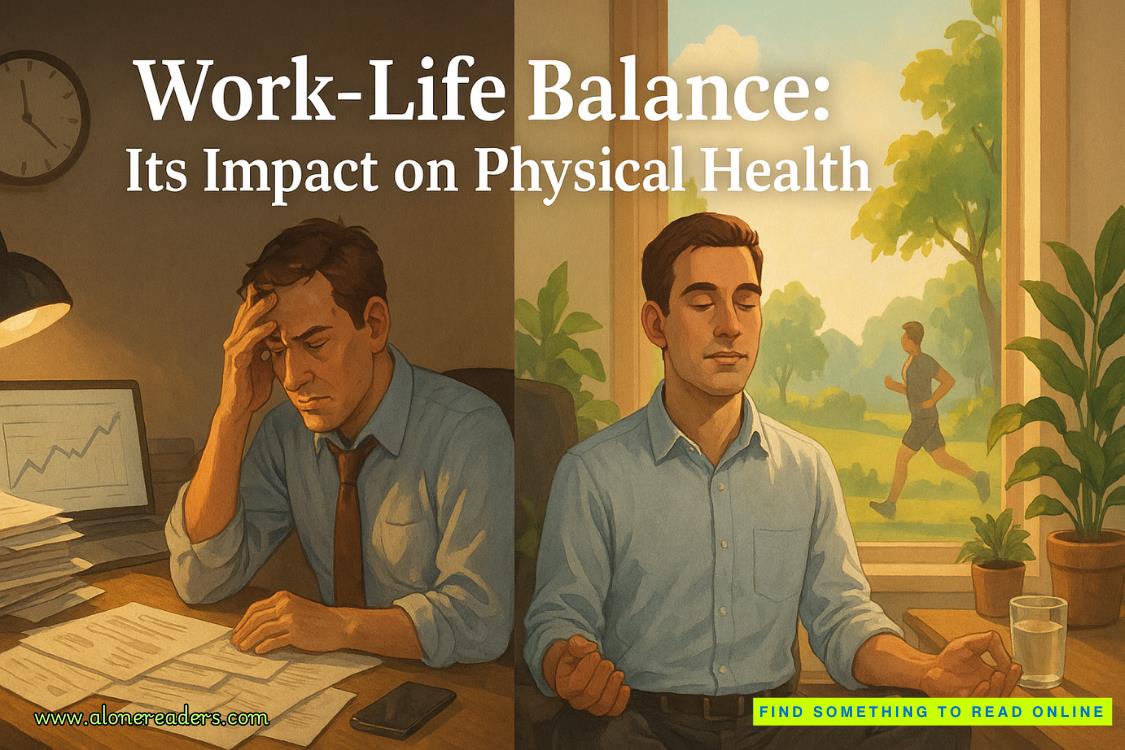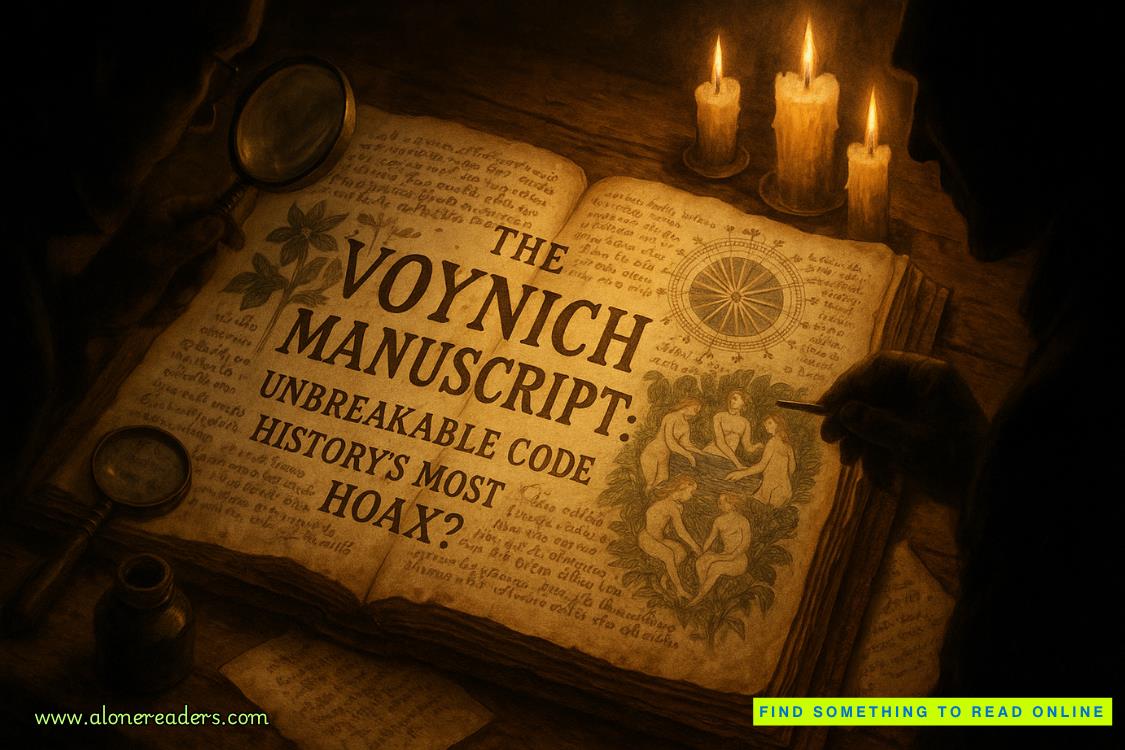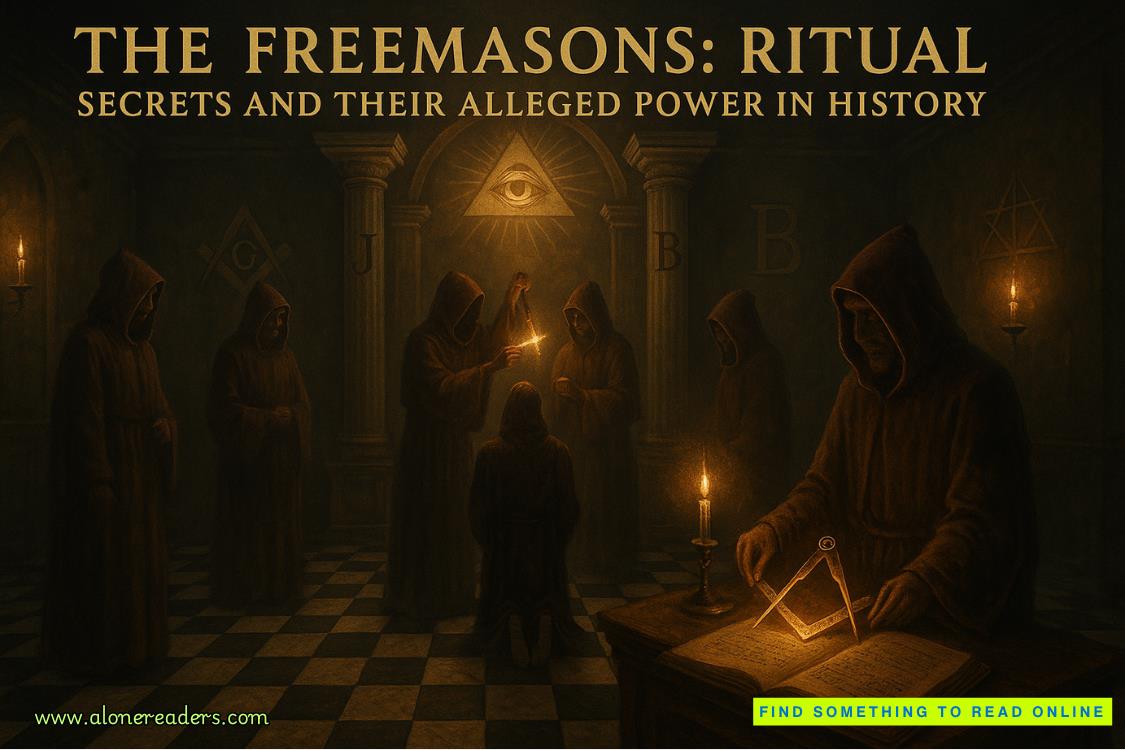Page 49 of Worth the Risk
“Thank you, Miss Navarro,” Harrison says finally. “This is a comprehensive proposal. Before we proceed to deliberation, I have an update that affects our timeline considerations.”
Maya nods, her professional composure intact despite what I know must be racing anxiety.
“The Metro expansion utility conflicts have been resolved ahead of schedule,” Harrison continues, pulling out his tablet. “The transit hub will open as originally planned, which significantly impacts our development strategy.”
I feel Maya tense beside me as she processes this information. We’d built part of our argument around the delays creating opportunities for Pierce Enterprises to position itself advantageously.
“This is excellent news for the Anderson Project’s market positioning,” Harrison continues. “It also means we can proceed with luxury development on our original aggressive timeline without the infrastructure complications that were affecting investor confidence.”
“How does this impact Highland’s proposal?” Maya asks, her voice steady despite the obvious blow to one of her key arguments.
“It changes the fundamental equation we’re evaluating,” Harrison replies. “With Metro complications resolved, luxurycondos become significantly more profitable than mixed-use development with preservation requirements.”
The temperature in the room seems to drop. I can feel Maya’s growing realization that external circumstances have undermined her carefully constructed proposal through no fault of her own.
“However,” I interject, “Highland’s proposal still offers superior long-term value. Historic preservation provides permanent tax benefits, community partnerships create sustained positive PR value, and authentic neighborhood character commands premium pricing for decades rather than quarters.”
“Valid points,” Donovan acknowledges. “But we have fiduciary responsibilities to maximize shareholder return.”
“Which Highland’s proposal does,” Maya says firmly. “The financial projections demonstrate twelve percent higher profit margins over ten years compared to conventional luxury development.”
“Projected margins,” Melanie corrects. “Mixed-use development involves regulatory uncertainties that could impact those projections significantly.”
I can see Maya’s frustration building, but she maintains her professional demeanor. “All development involves regulatory risk. Historic preservation actually provides more regulatory certainty through established tax credit programs.”
“Miss Navarro raises excellent points,” Patricia says. “I’m impressed by the thoroughness of this proposal.”
“As am I,” Donovan adds. “The community partnership model could position Pierce Enterprises as an industry leader.”
Harrison’s expression grows more serious. “While I appreciate the community engagement this process represents, I have concerns about the complexity Miss Navarro is proposing. Mixed-use development requires extensive coordination with community organizations that may not share our timeline priorities. Historic preservation involves regulatory reviews that could delay construction significantly.”
“Delays that are offset by substantial financial benefits,” I argue. “The tax incentives alone justify the additional coordination costs.”
“Perhaps. But Pierce Enterprises has built its reputation on reliable project delivery and predictable returns.” Harrison leans forward. “This proposal, while innovative, represents a fundamental departure from our proven development model.”
I feel the momentum shifting against us, see Maya’s growing realization that her brilliant proposal is being dismissed not on its merits but on Pierce Enterprises’ institutional conservatism.
“I’d like to call for a formal vote,” I say, surprising everyone including myself. “Highland’s preservation proposal versus luxury condo development.”
Harrison looks genuinely startled. “Declan, I’m not sure a formal vote is necessary. We could continue deliberating?—”
“I think it’s essential,” I interrupt, standing up. “This decision will define Pierce Enterprises’ approach to community development for years to come. The board should go on record about whether we prioritize community partnership or default to maximum short-term profits.”
Maya looks at me with something that might be admiration or concern. Around the table, board members exchange uncomfortable glances.
“The community has presented a proposal that offers superior long-term returns while strengthening Pierce Enterprises’ reputation and positioning us as industry leaders in sustainable development,” I continue, my voice growing more passionate. “If we reject that in favor of conventional luxury condos, we’re choosing the easy path over the innovative one.”
“Declan,” Harrison’s voice carries a warning. “You’re advocating very strongly for a proposal that aligns with your personal feelings about this situation.”
“I’m advocating for a proposal that makes good business sense while honoring the community partnerships we’ve been building for months.” I look directly at him. “If Pierce Enterprises can’t recognize superior value when it’s presented with comprehensive research and compelling financials, then we need to question our decision-making process.”
The tension in the room is electric. Maya sits perfectly still beside me, but I can feel her shock at my public challenge to Harrison’s authority.
“Very well,” Harrison says finally, his voice cold. “All in favor of proceeding with luxury condos as originally planned?”
Melanie raises her hand immediately. Roderick follows after a moment’s hesitation. Harrison pauses, clearly aware that his vote will be scrutinized, then raises his own hand.
Three votes for demolition.















